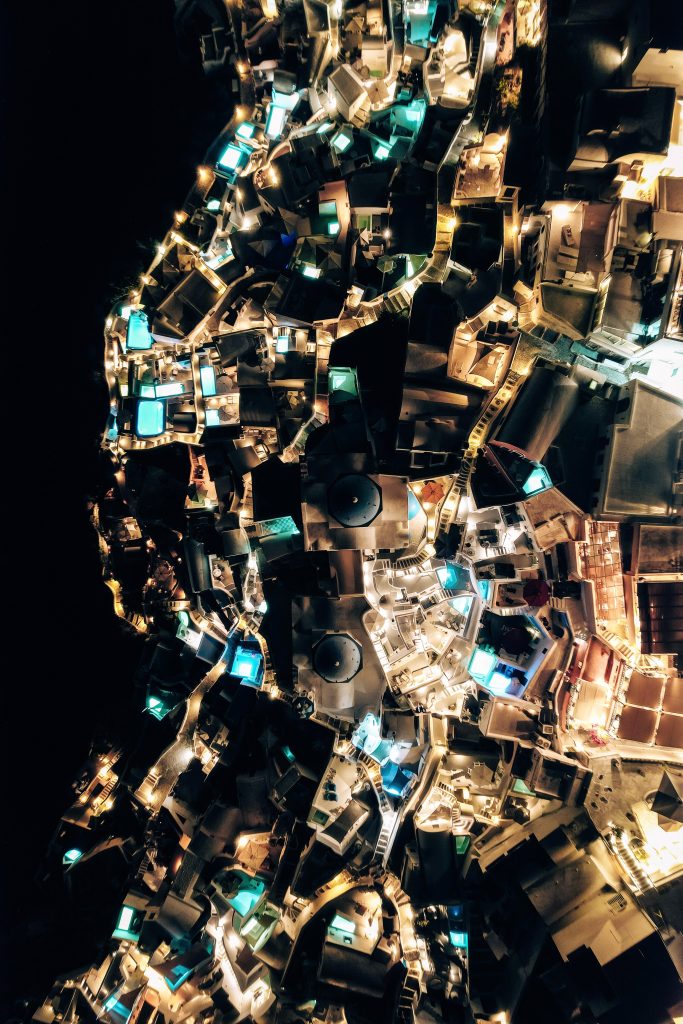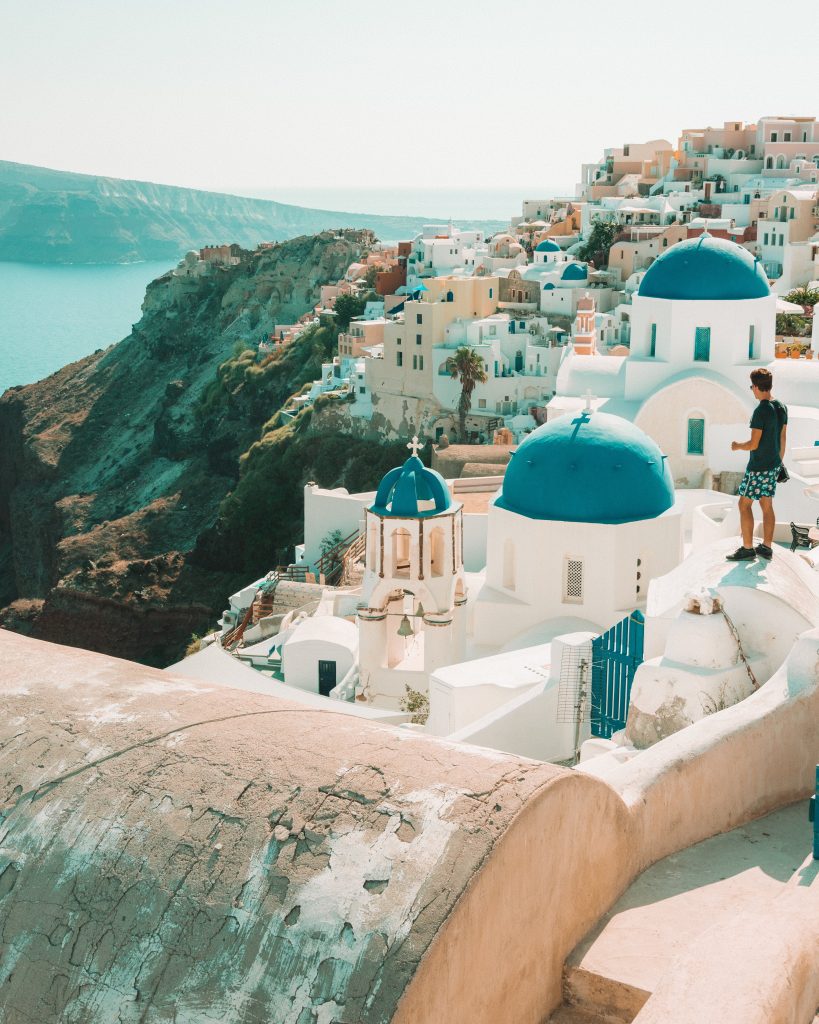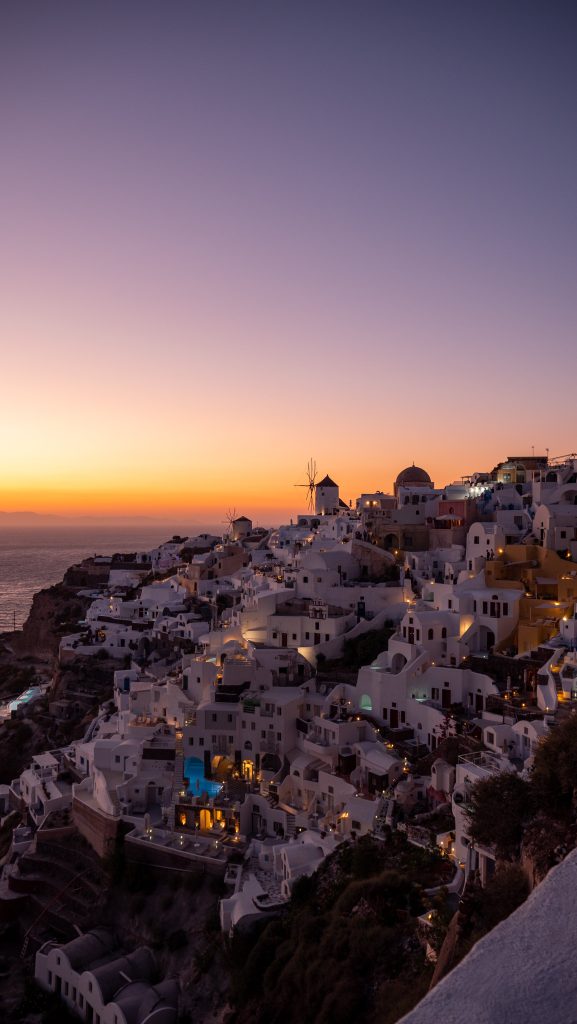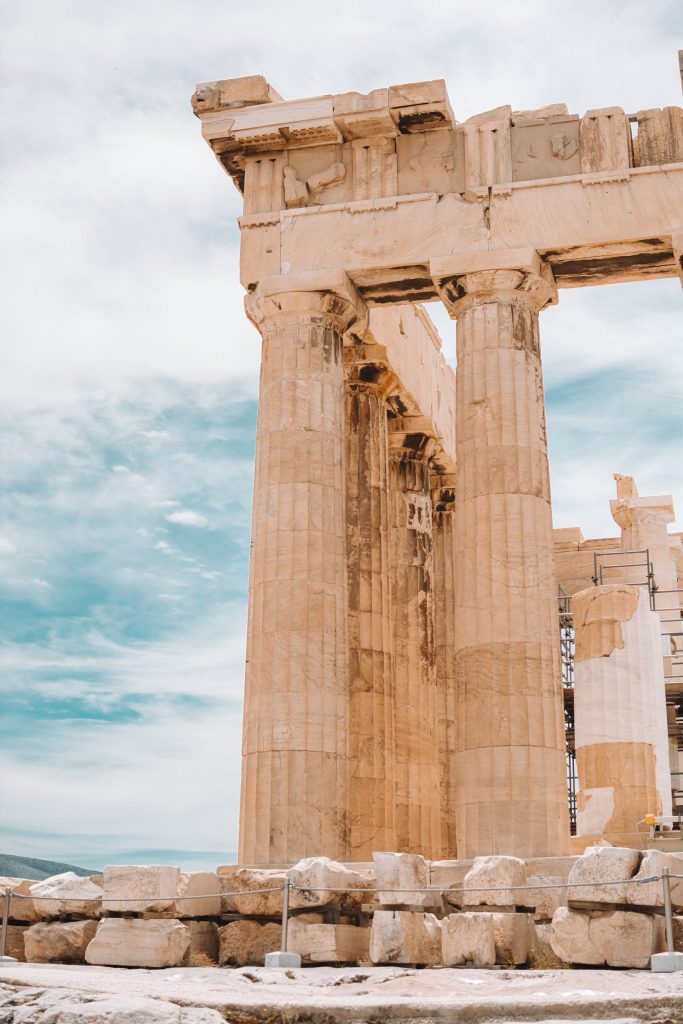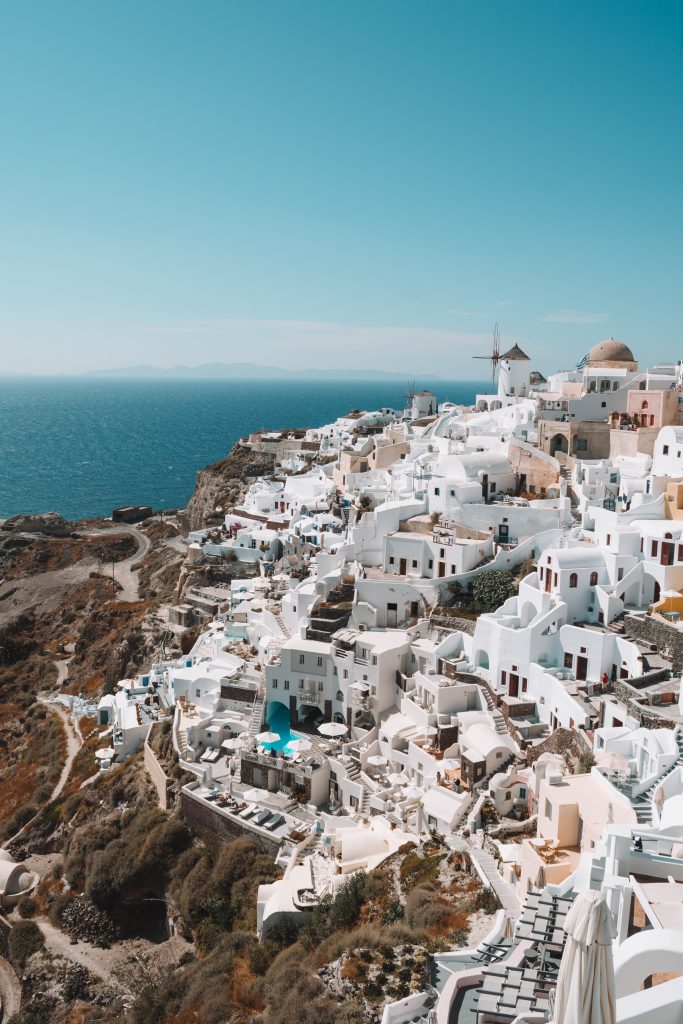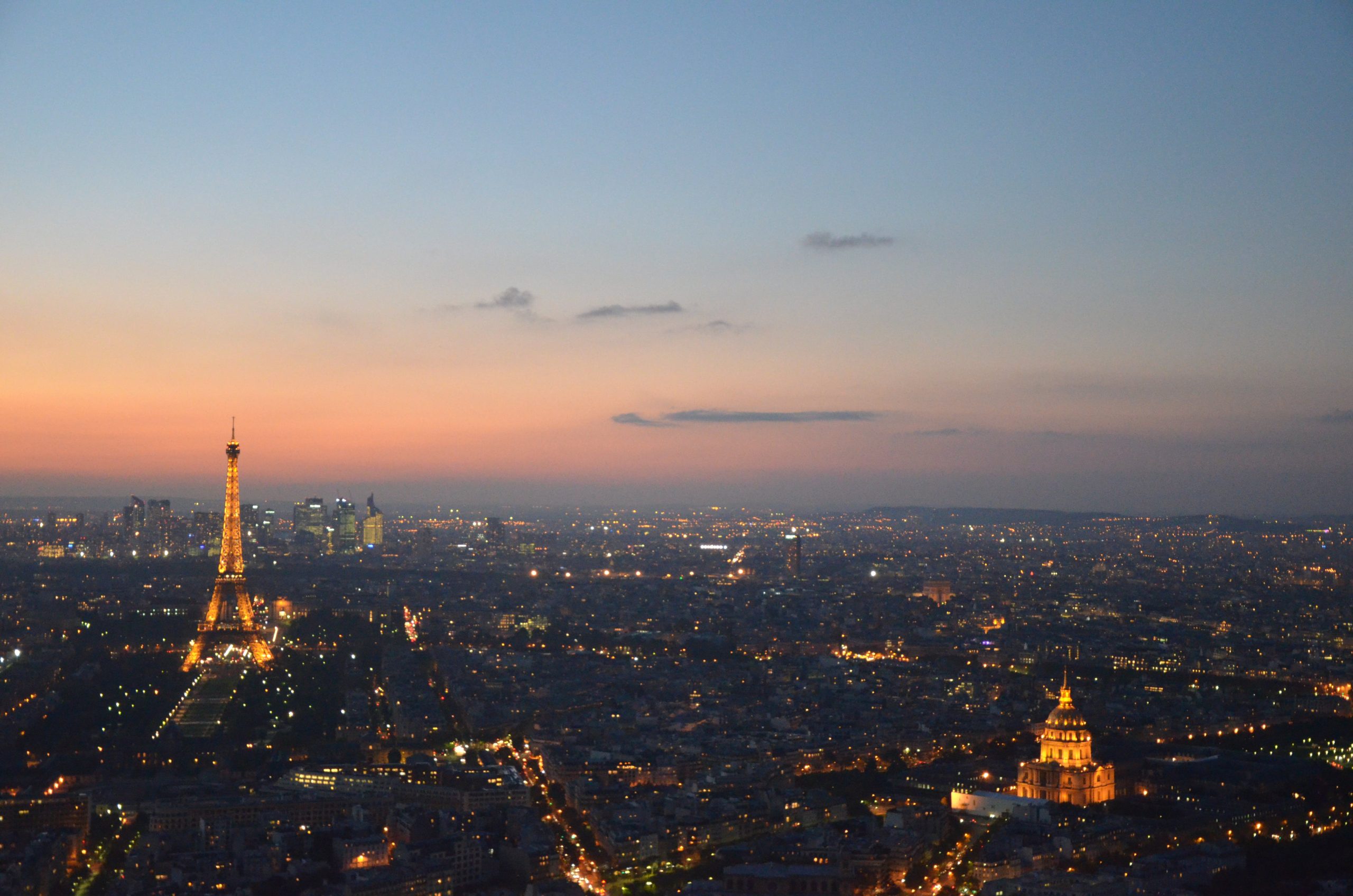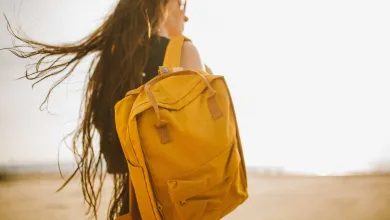Discover the World’s Most Beautiful Cities: A Journey Through Time and Culture
Dive into our comprehensive guide featuring the top 10 most beautiful cities worldwide, perfect for travelers seeking breathtaking landscapes, rich cultural experiences, and architectural wonders. From the enchanting streets of Paris to the historical allure of Kyoto, this article showcases each city’s unique beauty, iconic landmarks, and cultural highlights. Whether you’re planning your next vacation or just dreaming of distant places, our expertly curated list offers essential insights and inspiration for exploring the world’s most stunning urban destinations. Discover the unparalleled charm of cities like Venice, Prague, and Santorini, and start planning your journey to the world’s most visually captivating locations.
1.Paris, France –
Known as the “City of Love” and “City of Light,” Paris is celebrated for its iconic landmarks such as the Eiffel Tower, Notre-Dame Cathedral, and its charming streets and cafes.
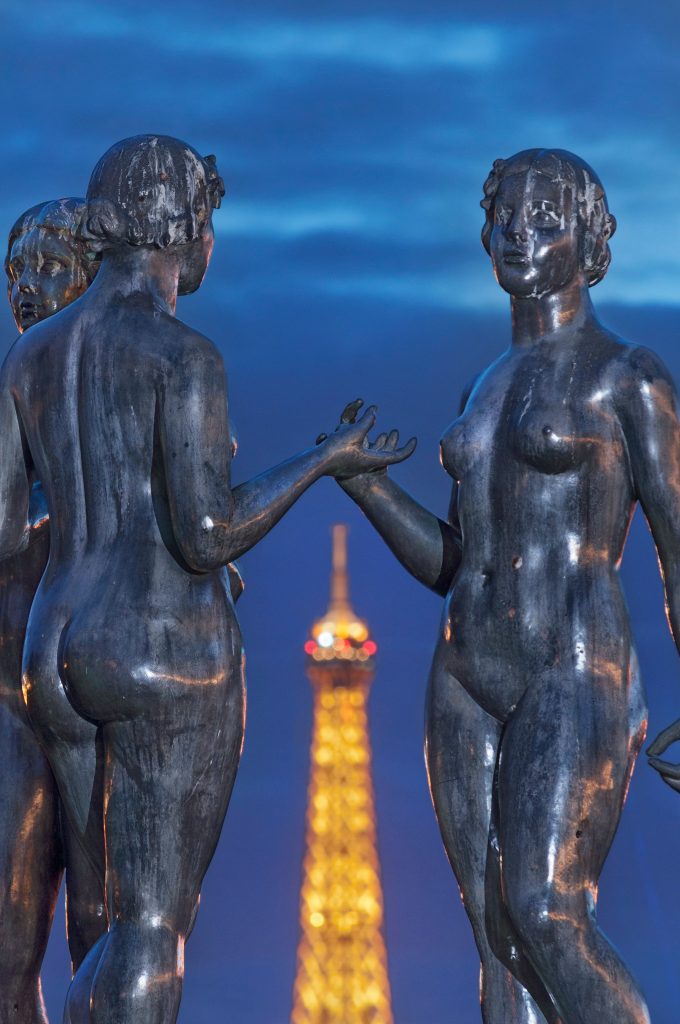
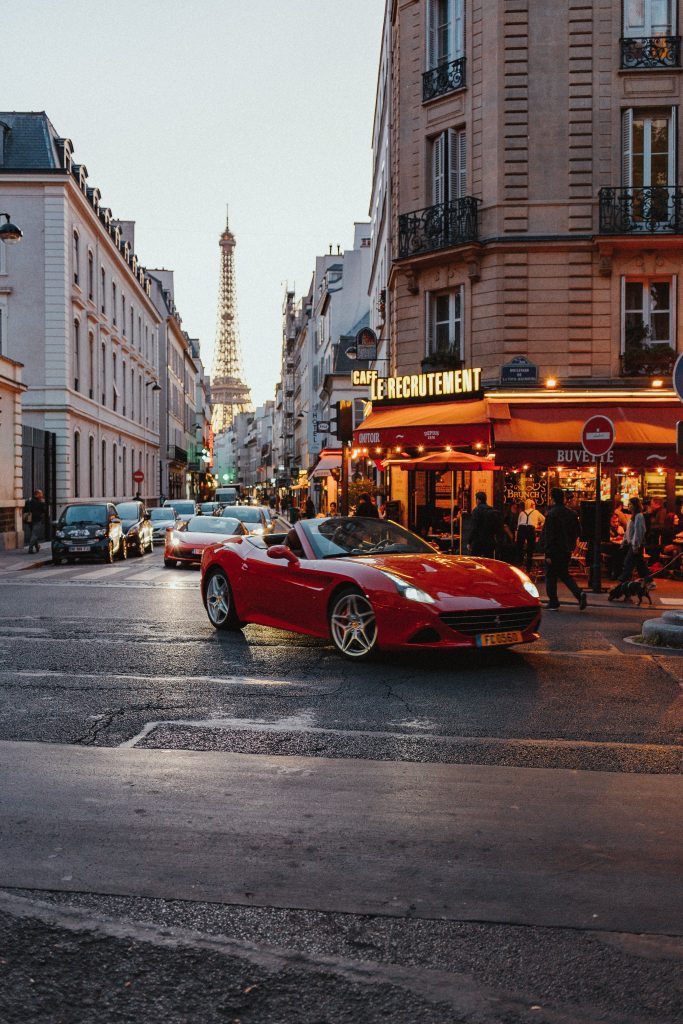


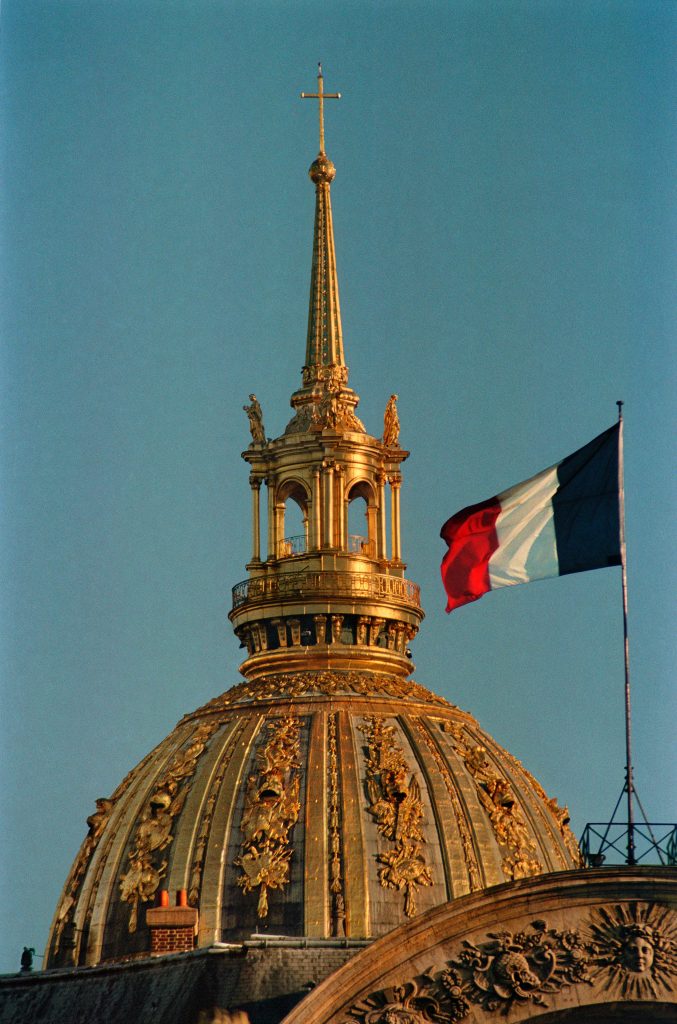
2.Venice, Italy –
Famous for its intricate canal system, historic architecture, and striking art, Venice offers a unique and romantic atmosphere.
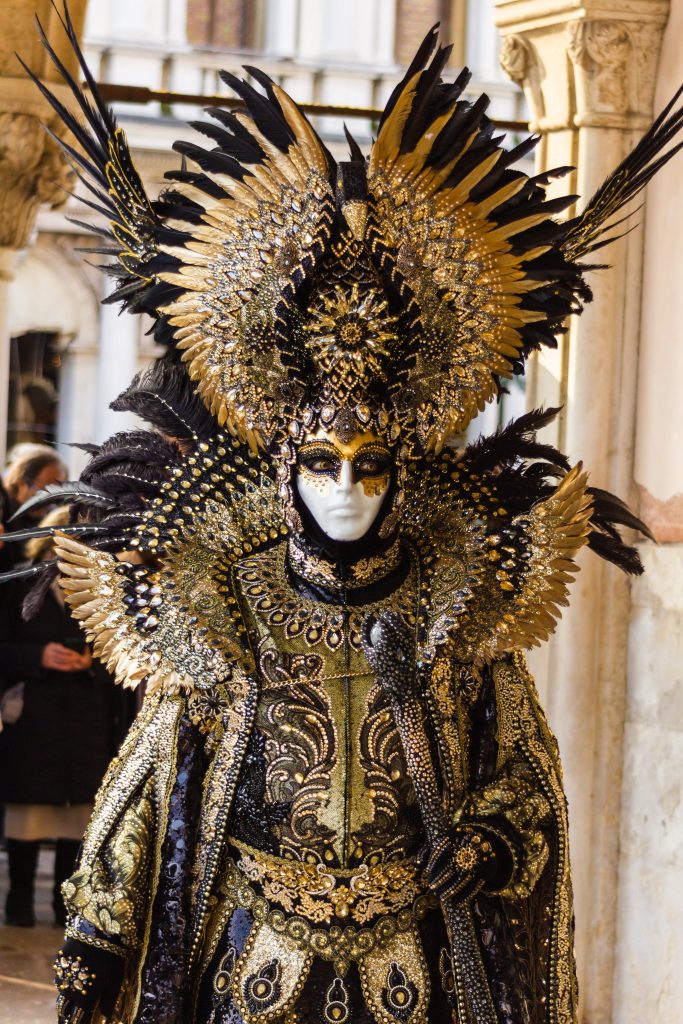
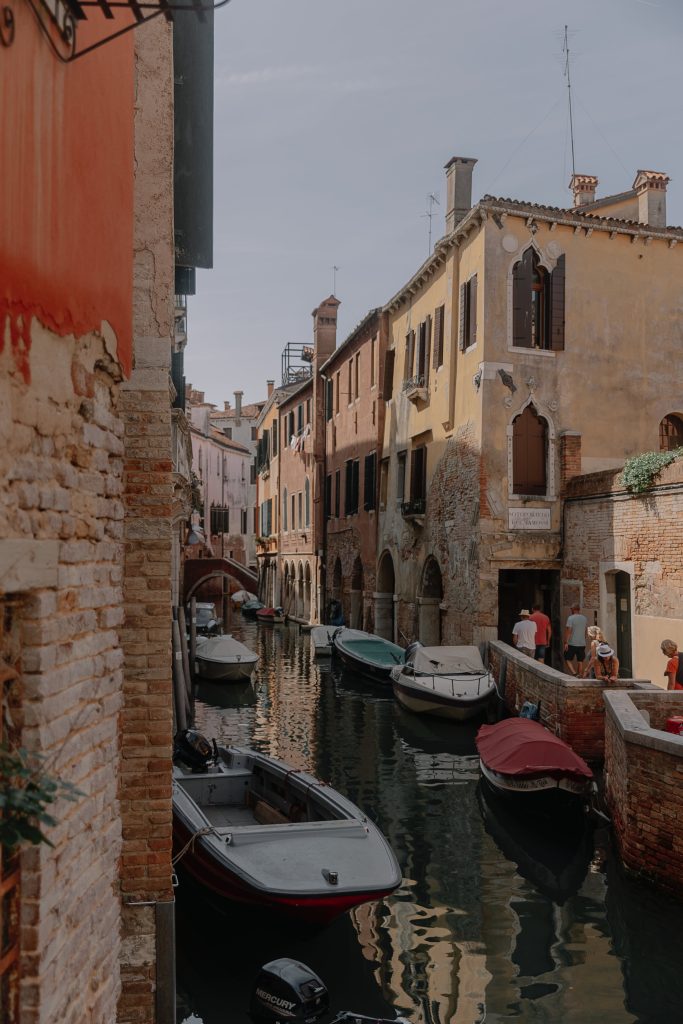
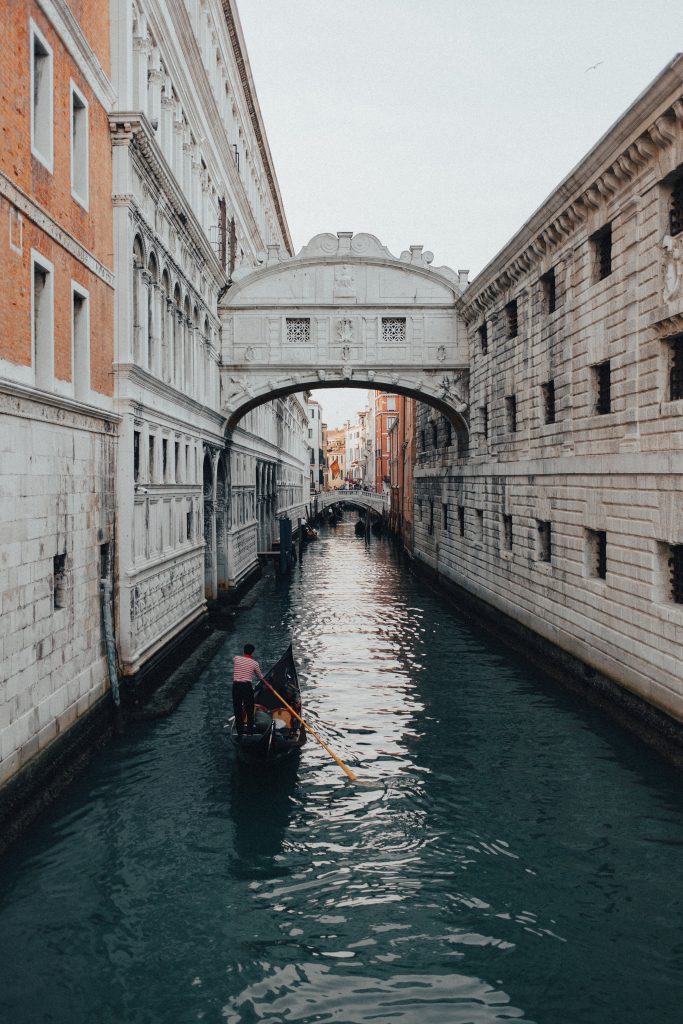
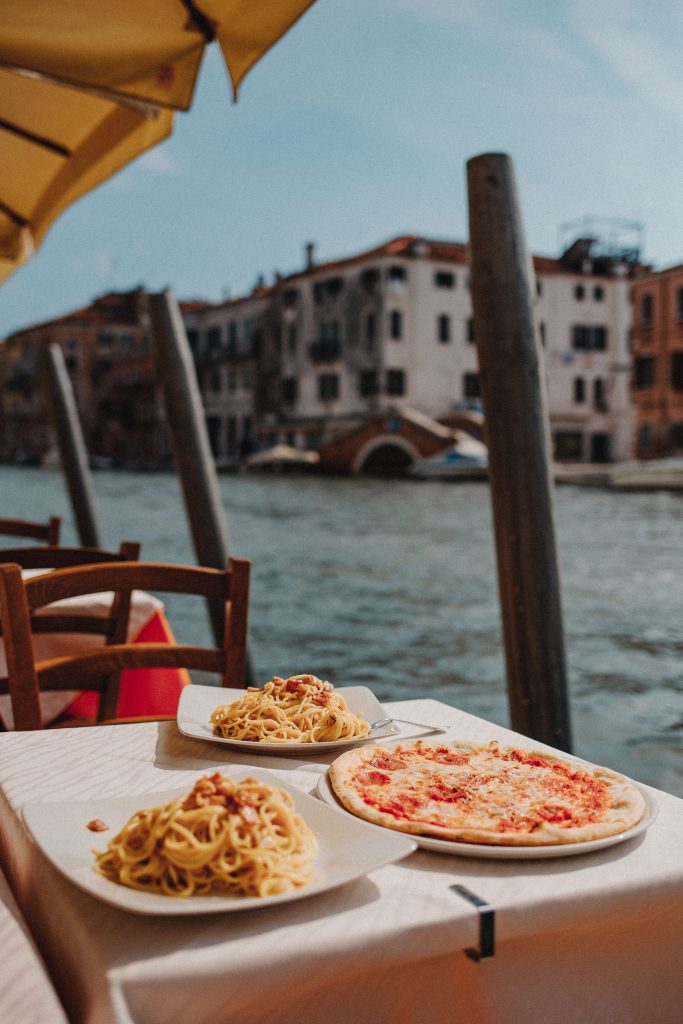
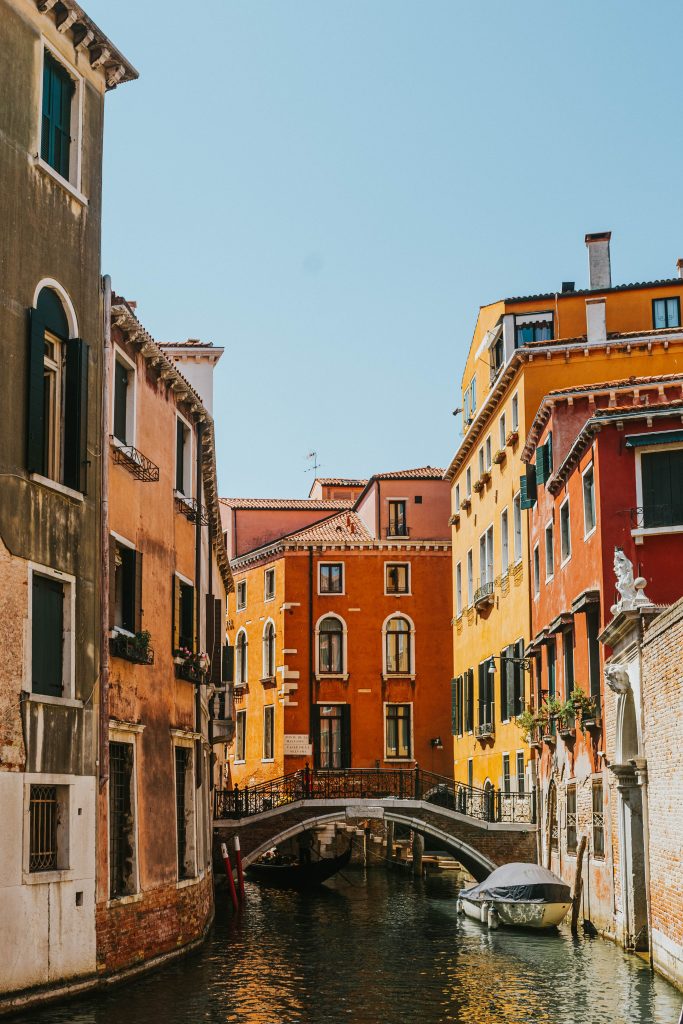
3.Kyoto, Japan –
Renowned for its well-preserved temples, traditional tea houses, and stunning cherry blossom seasons, Kyoto embodies the historical and cultural essence of Japan.
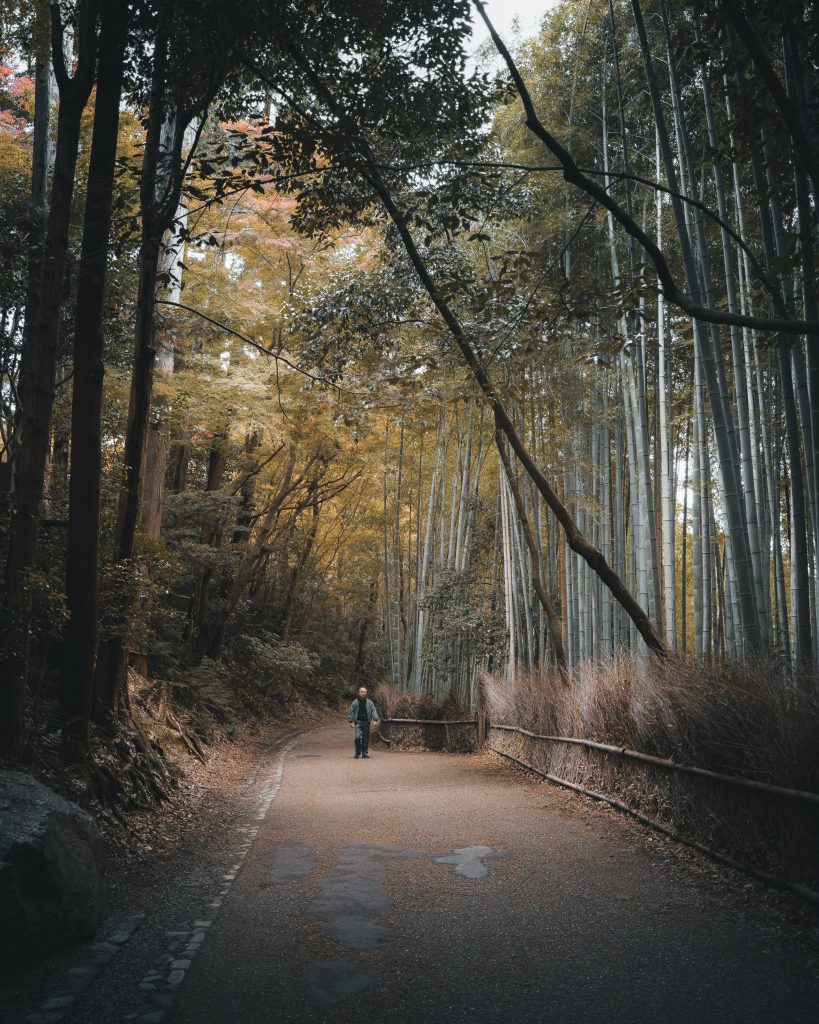


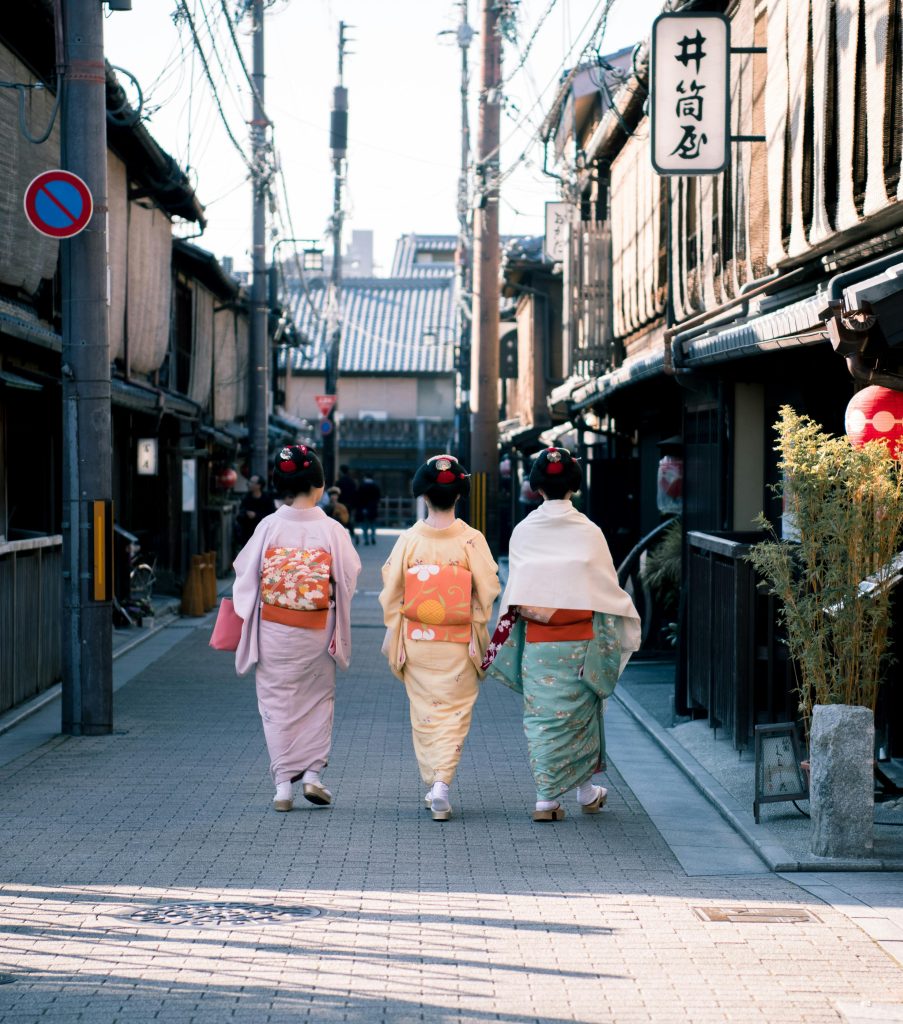
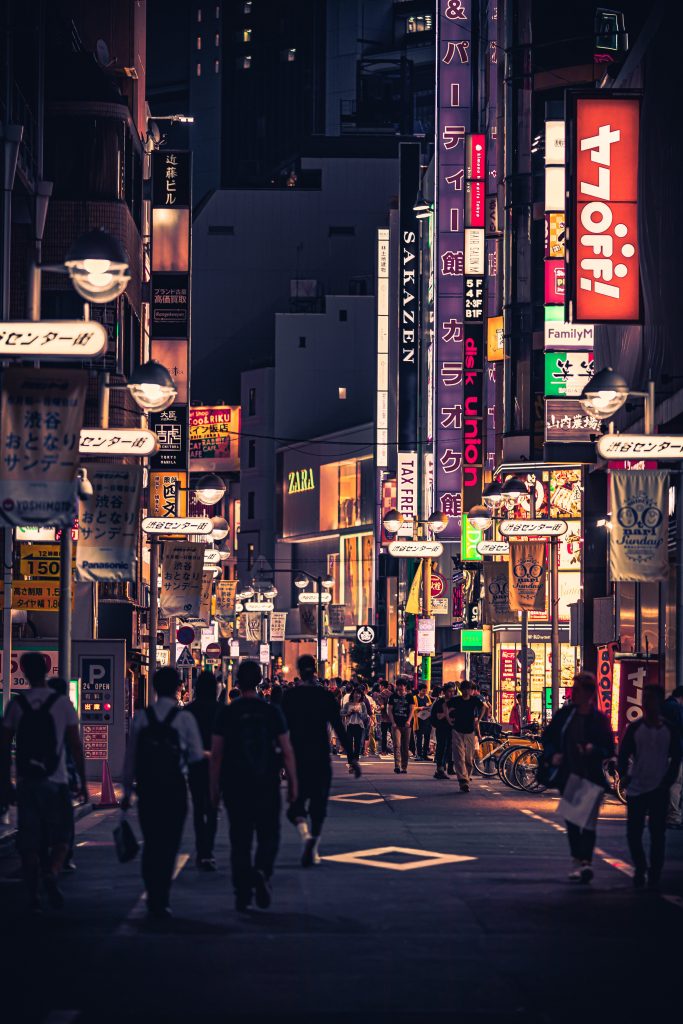
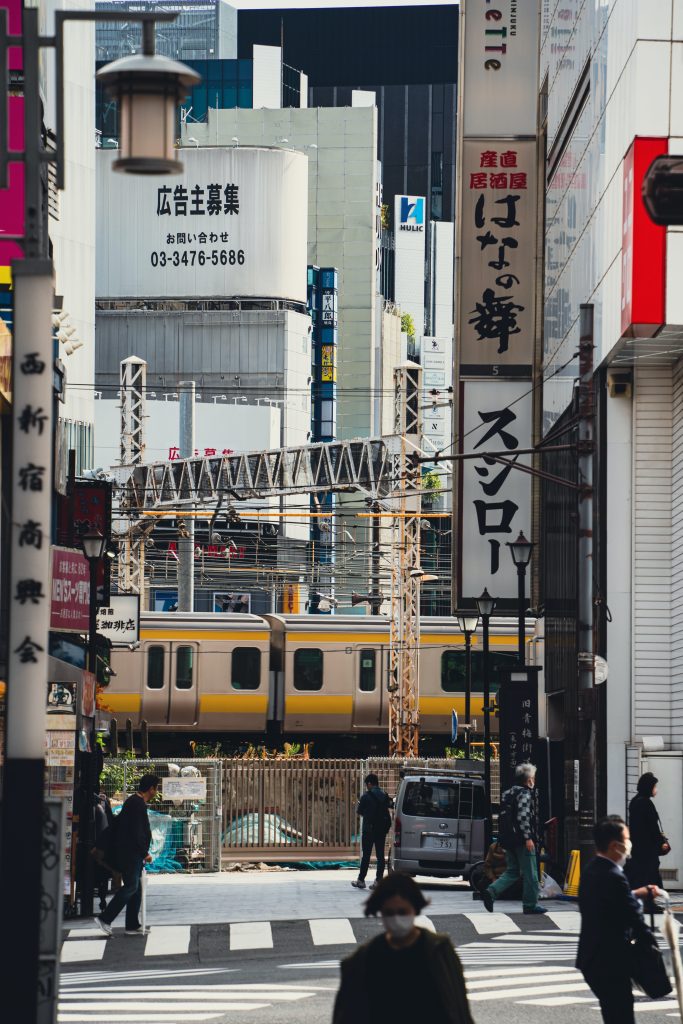
4.Prague, Czech Republic –
Known as the “City of a Hundred Spires,” Prague boasts a rich history, gothic and baroque architecture, and the picturesque Charles Bridge.
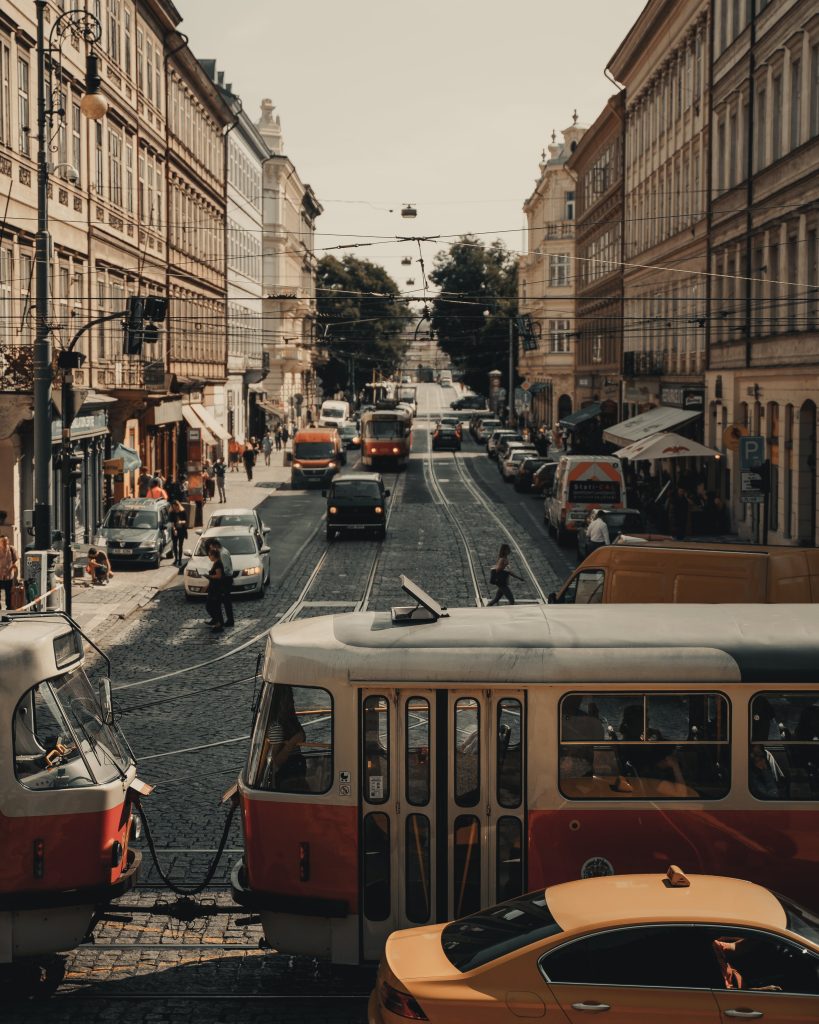
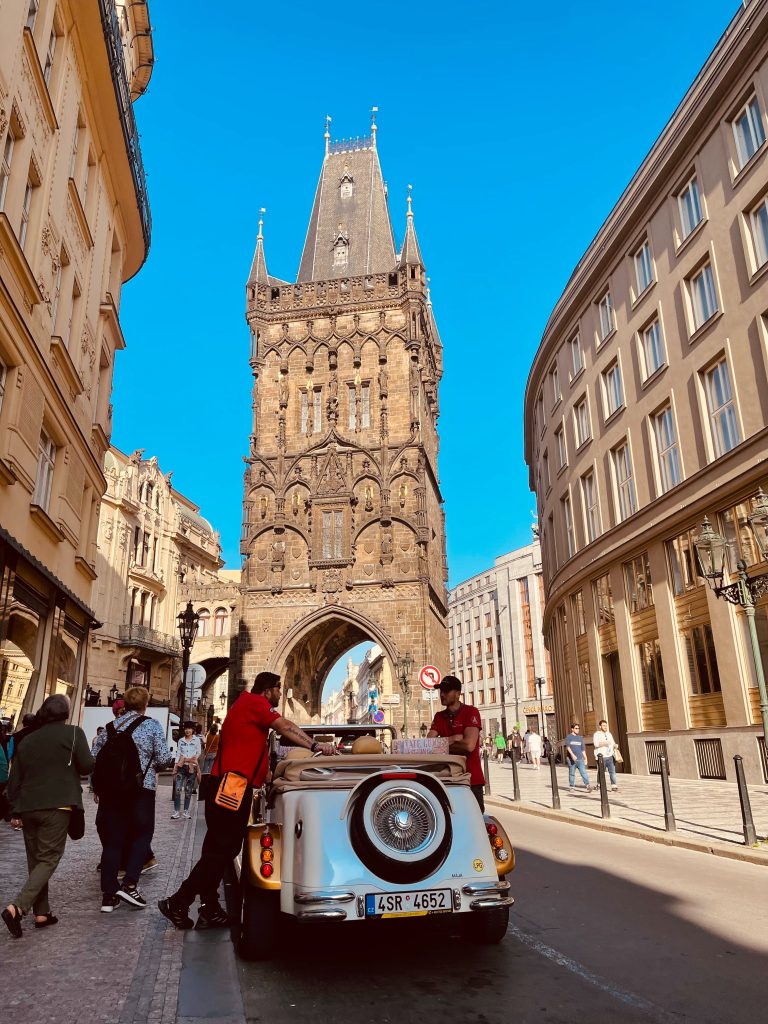

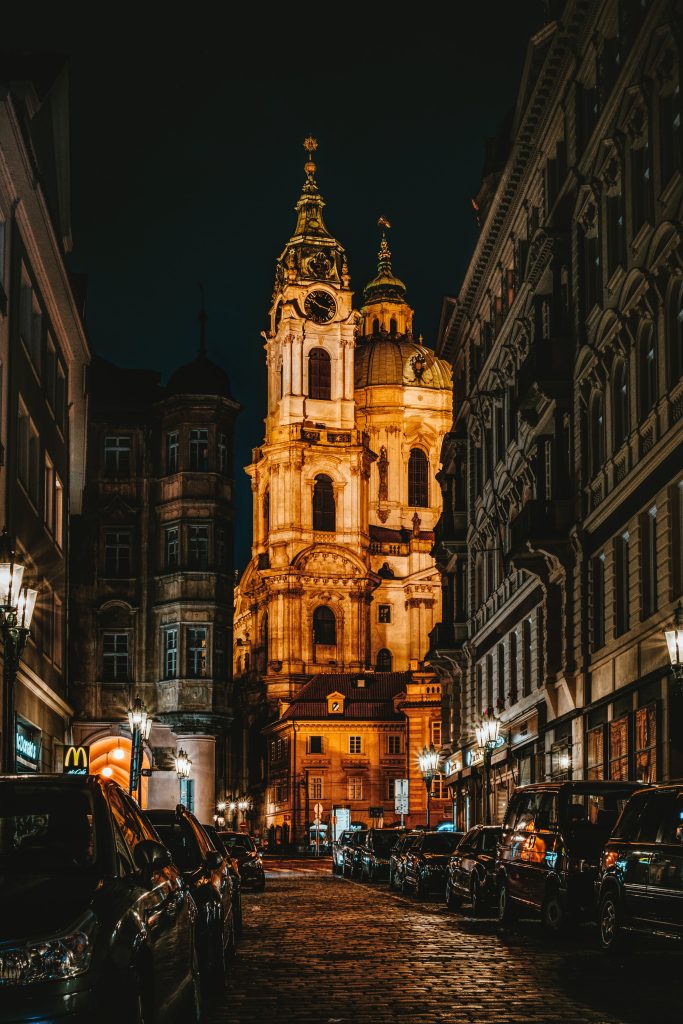
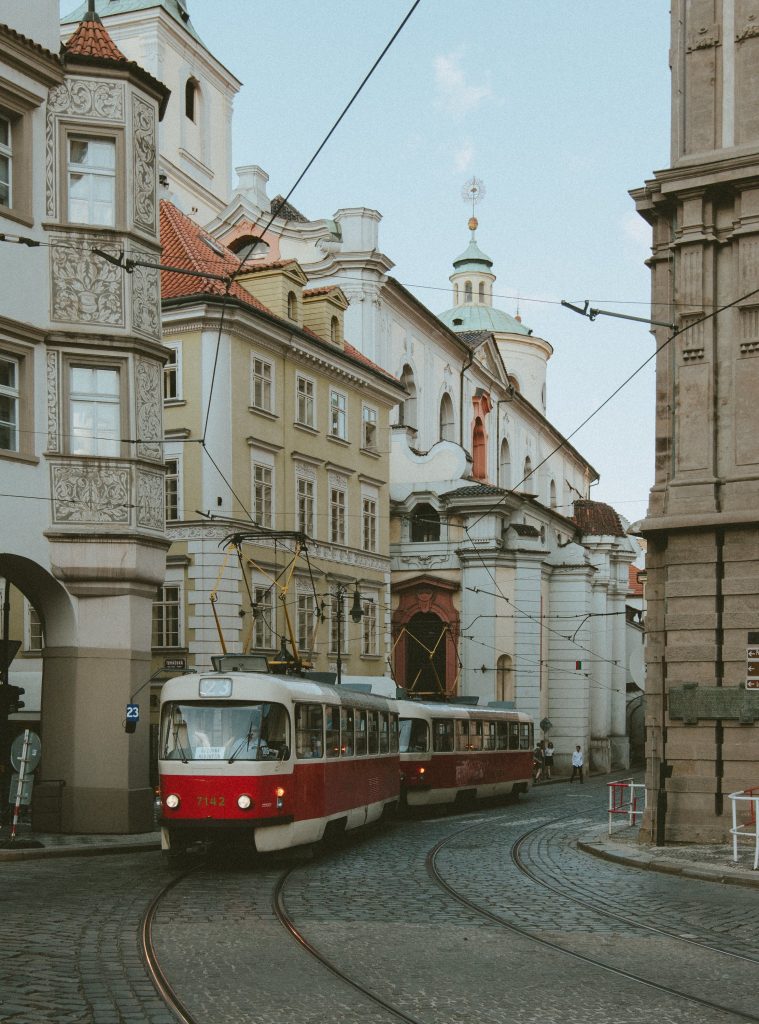
5.Rio de Janeiro , Brazil –
Famous for its breathtaking landscapes, vibrant Carnival festival, and landmarks like Christ the Redeemer and Sugar loaf Mountain.



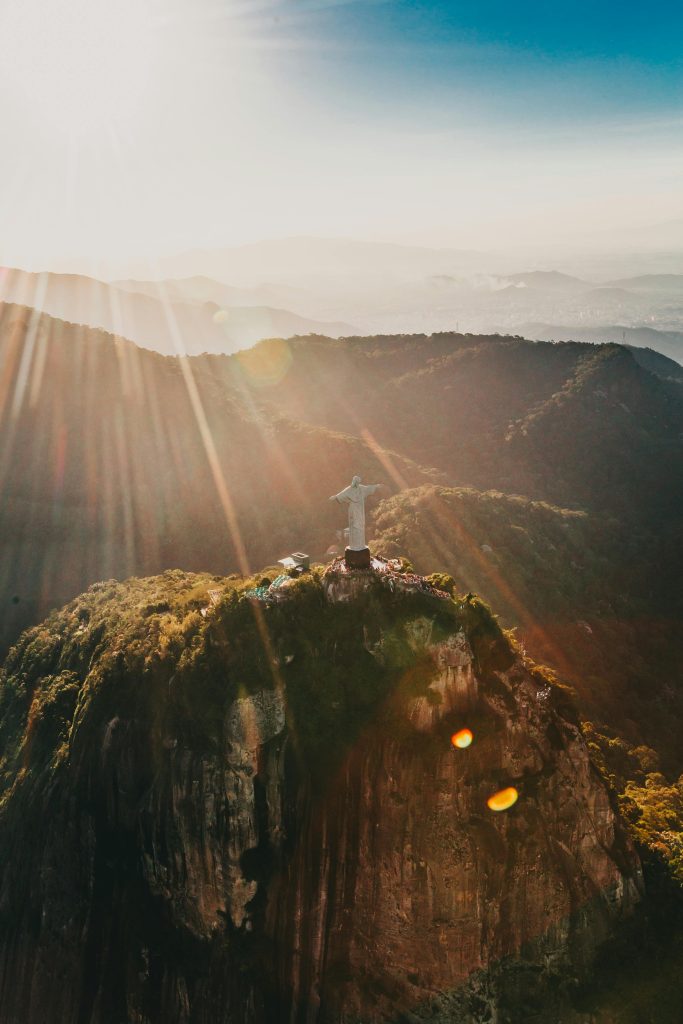

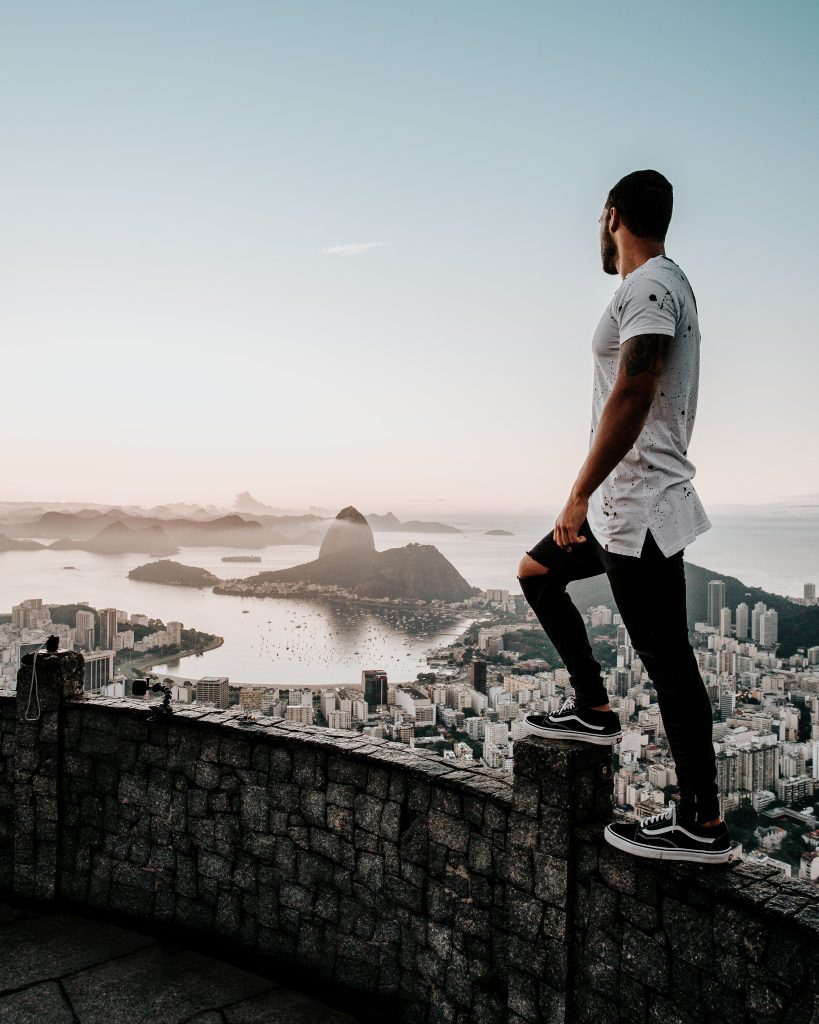
6.Istanbul, Turkey –
Straddling two continents, Istanbul captivates with its historical mosques, bustling bazaars, and the scenic Bosphorus Strait.


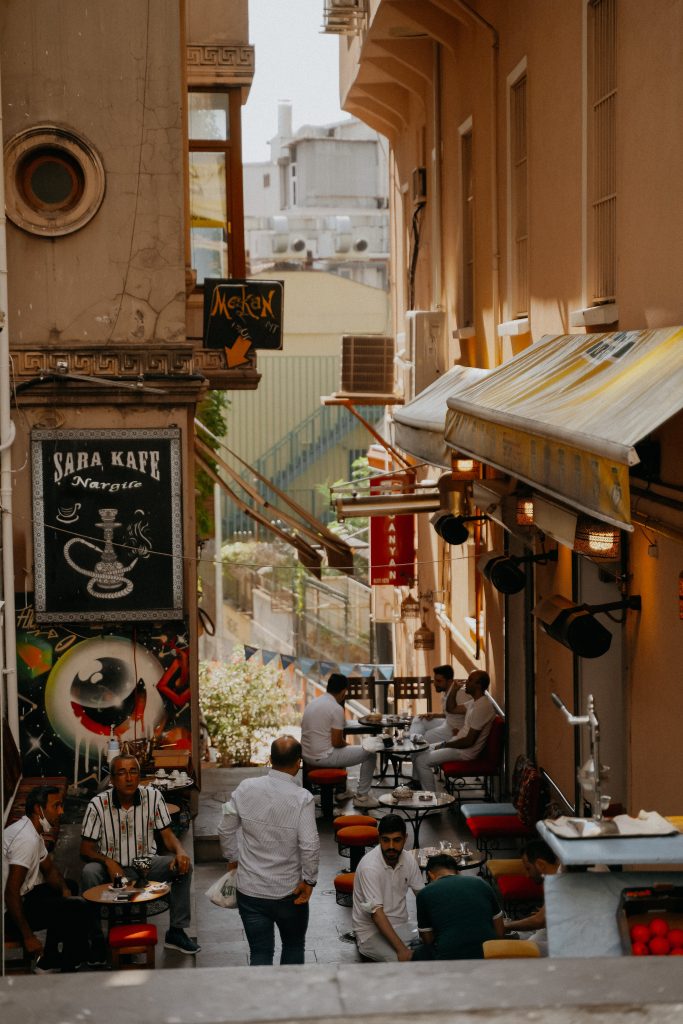


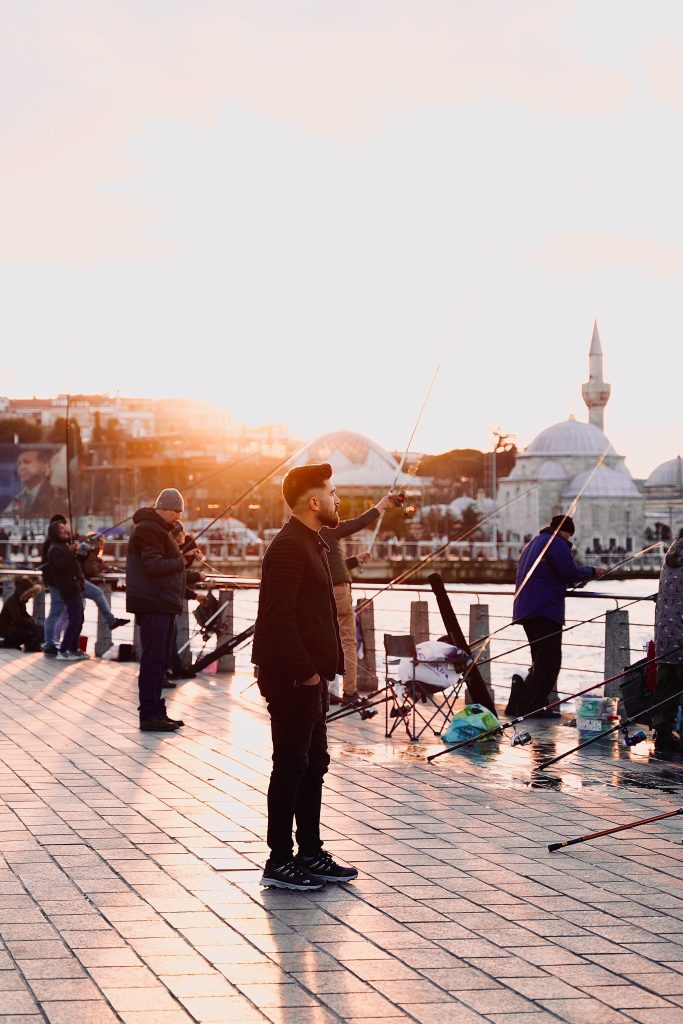
7.Cape Town, South Africa –
Known for its stunning natural beauty, including Table Mountain and Cape Point, as well as its vibrant culture and history.

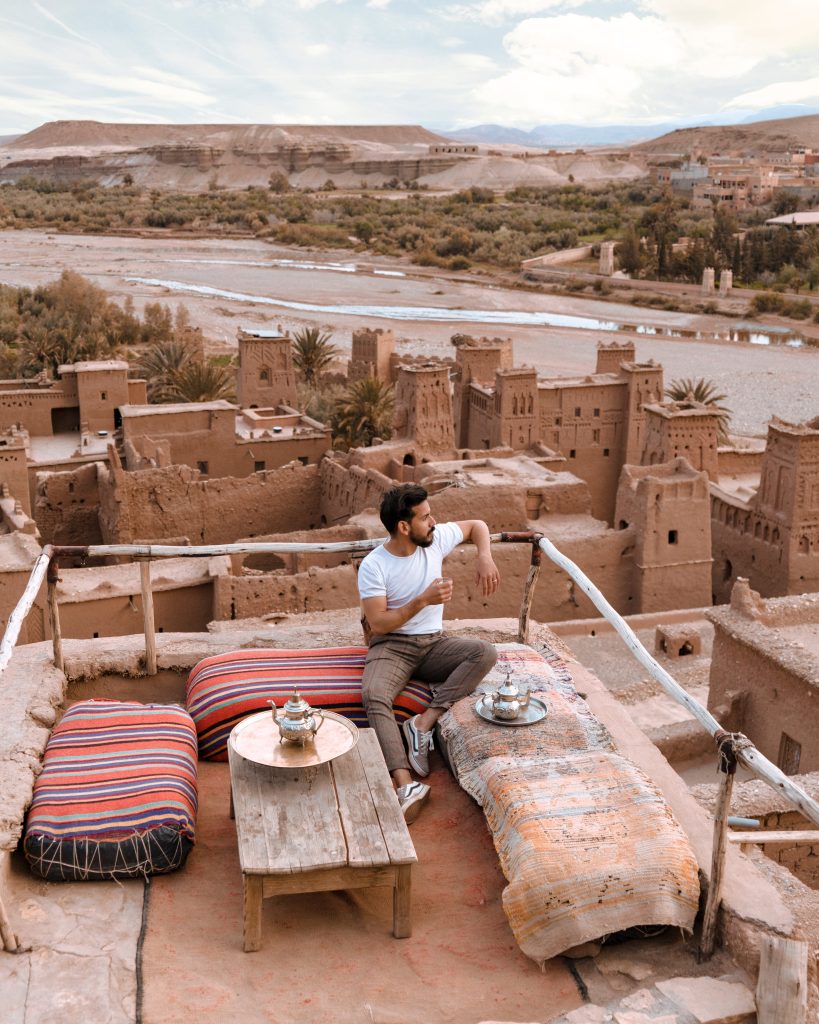


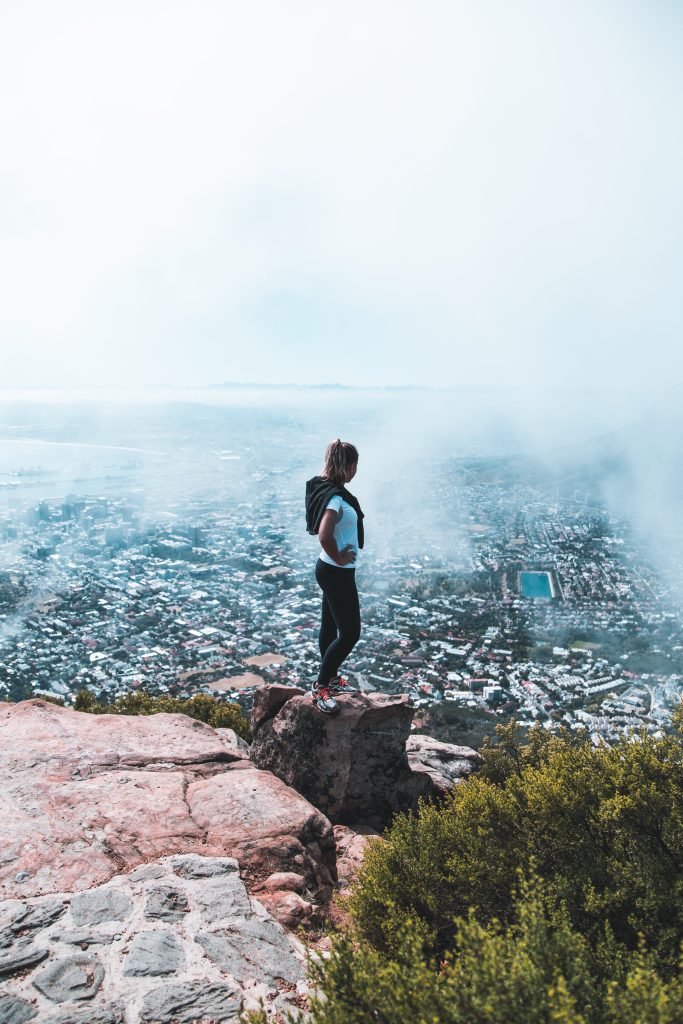
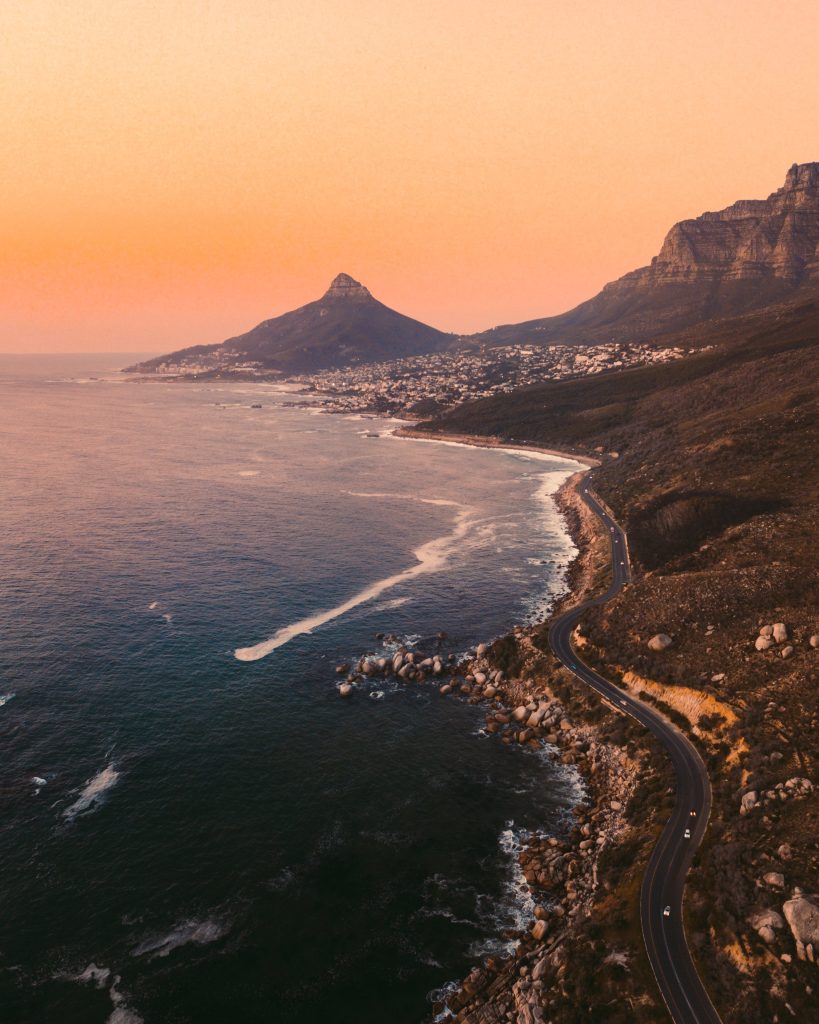
8.Florence, Italy –
The cradle of the Renaissance, Florence is celebrated for its art, architecture (such as the Duomo), and its contribution to art and culture.
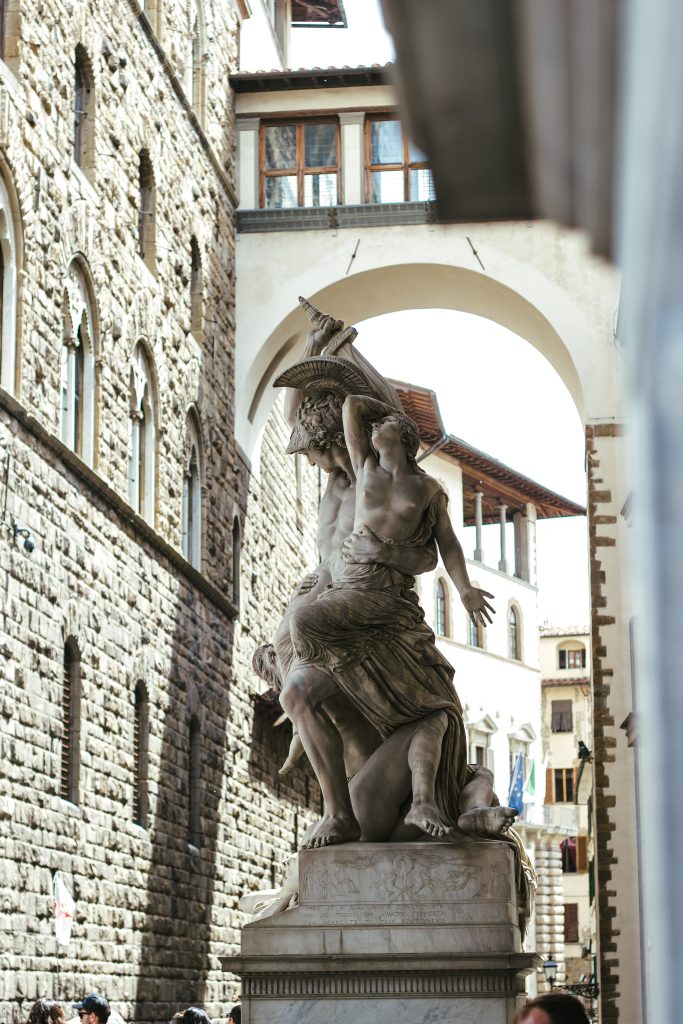
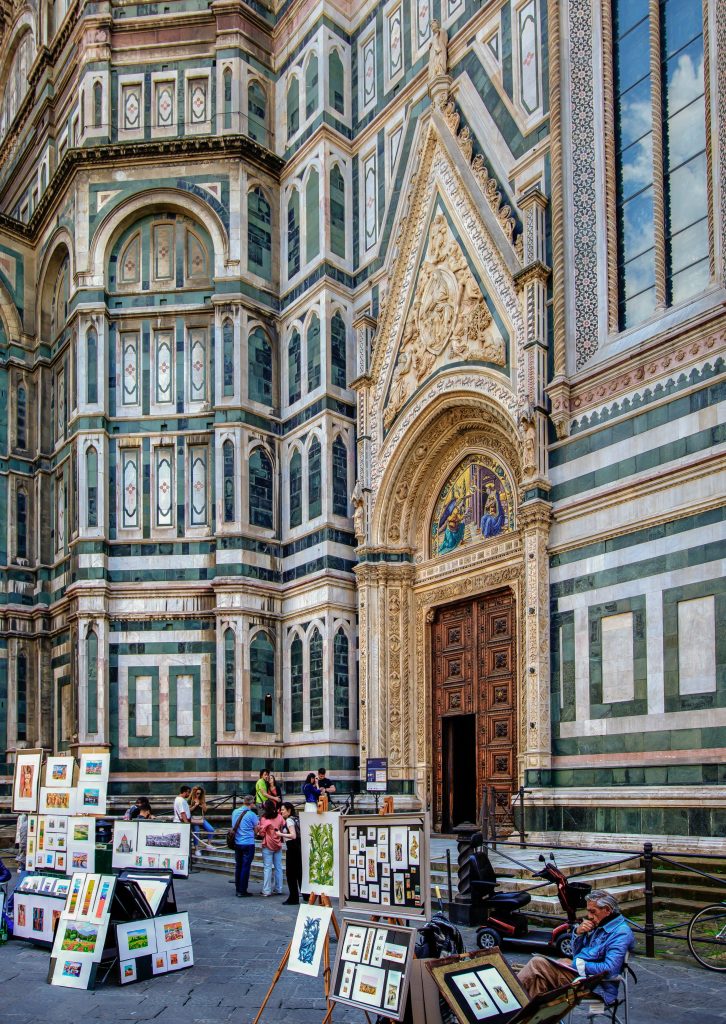
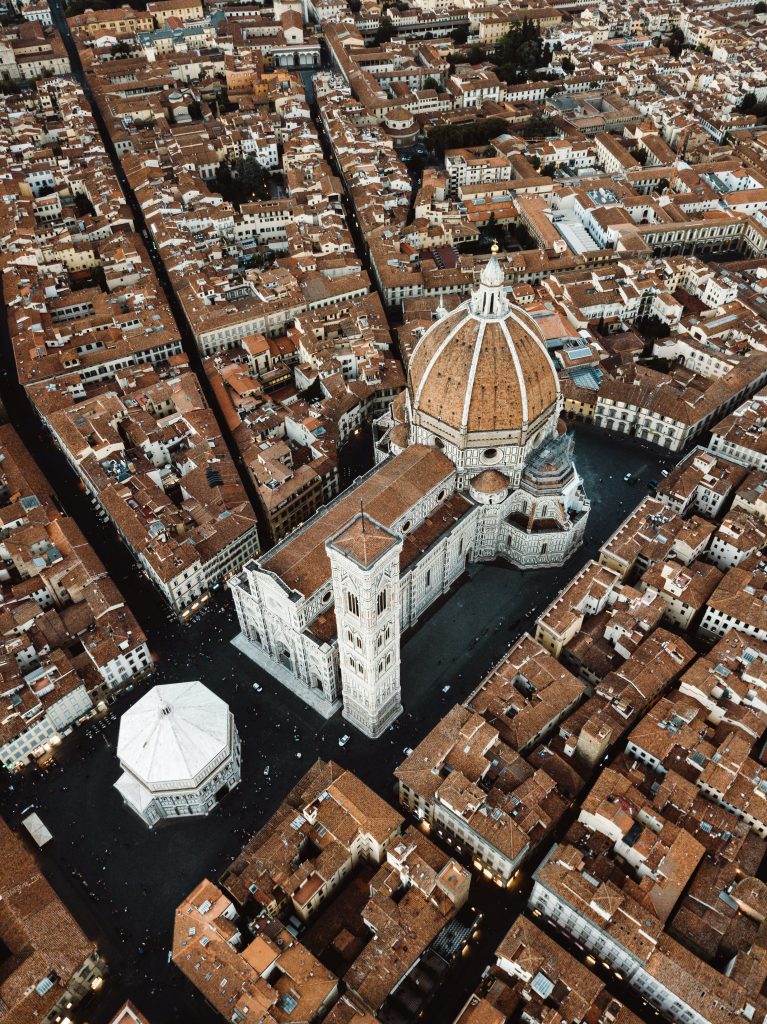
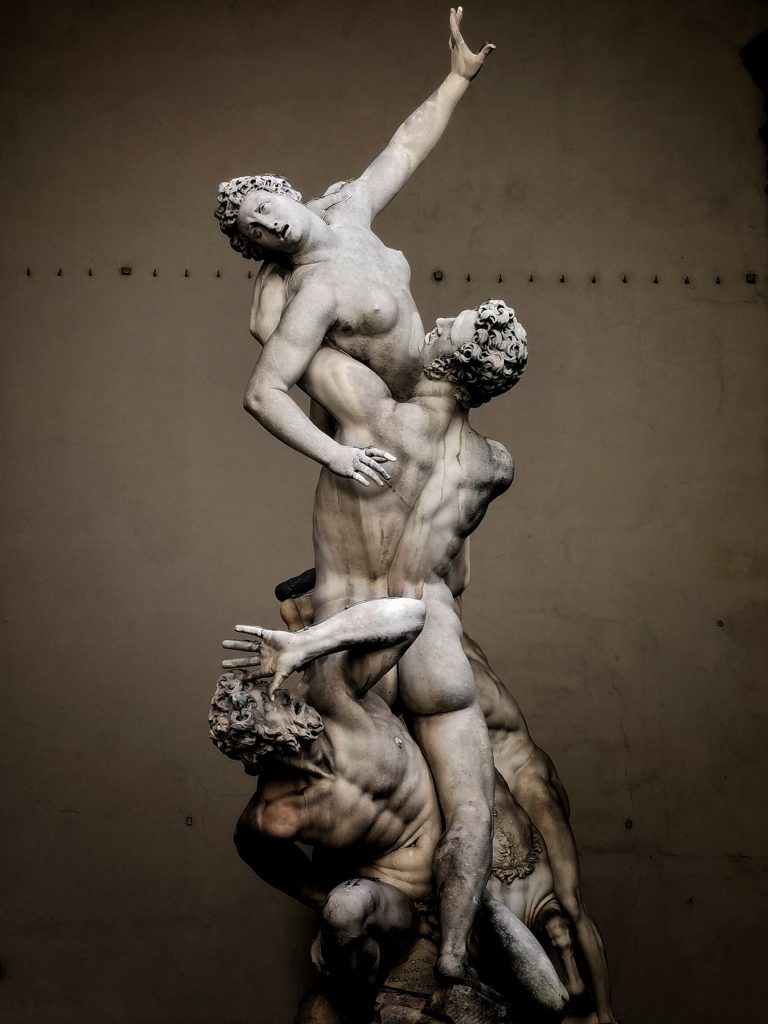


9.Sydney, Australia –
Famous for its Sydney Opera House, Harbour Bridge, and beautiful beaches, Sydney offers a lively urban atmosphere alongside natural beauty.
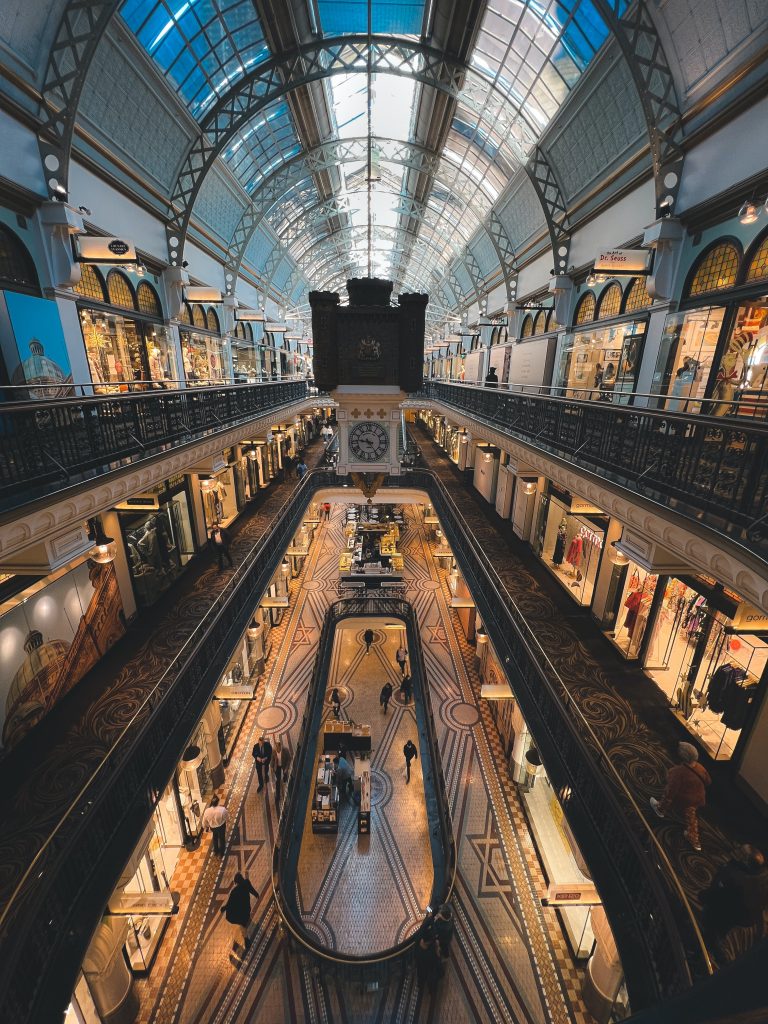
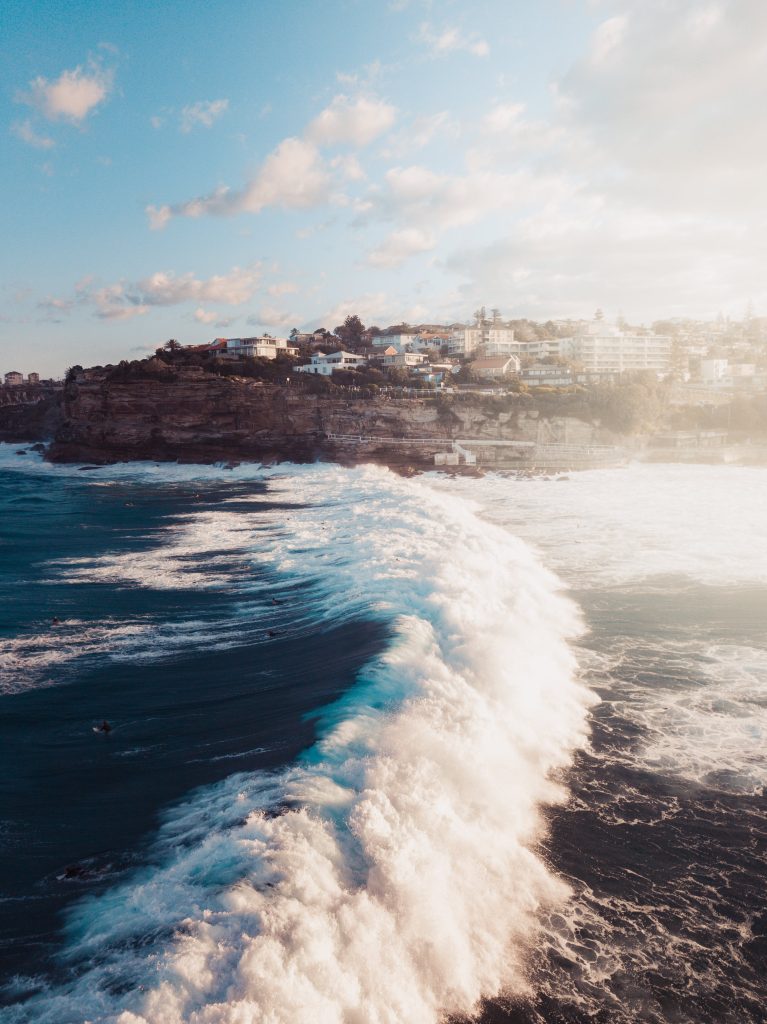
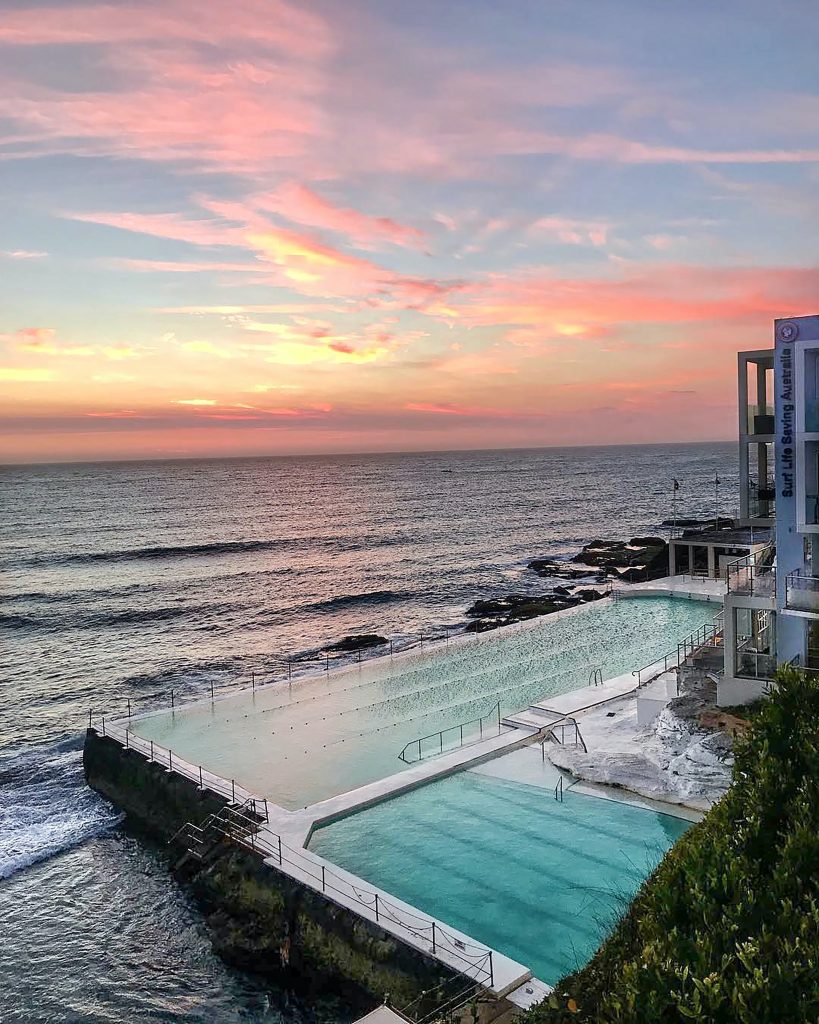
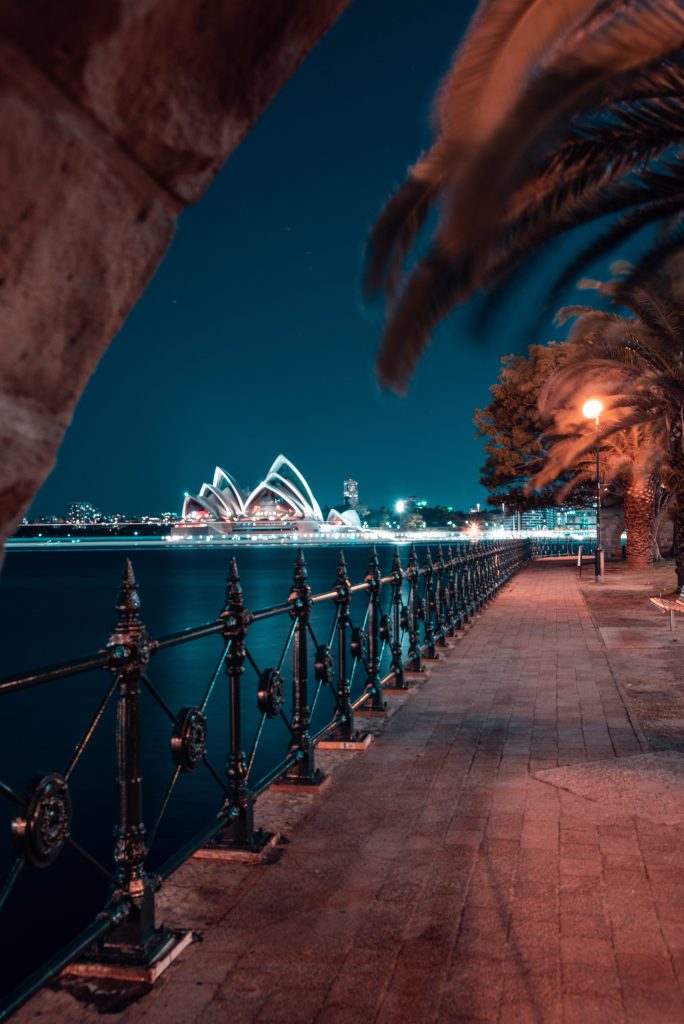

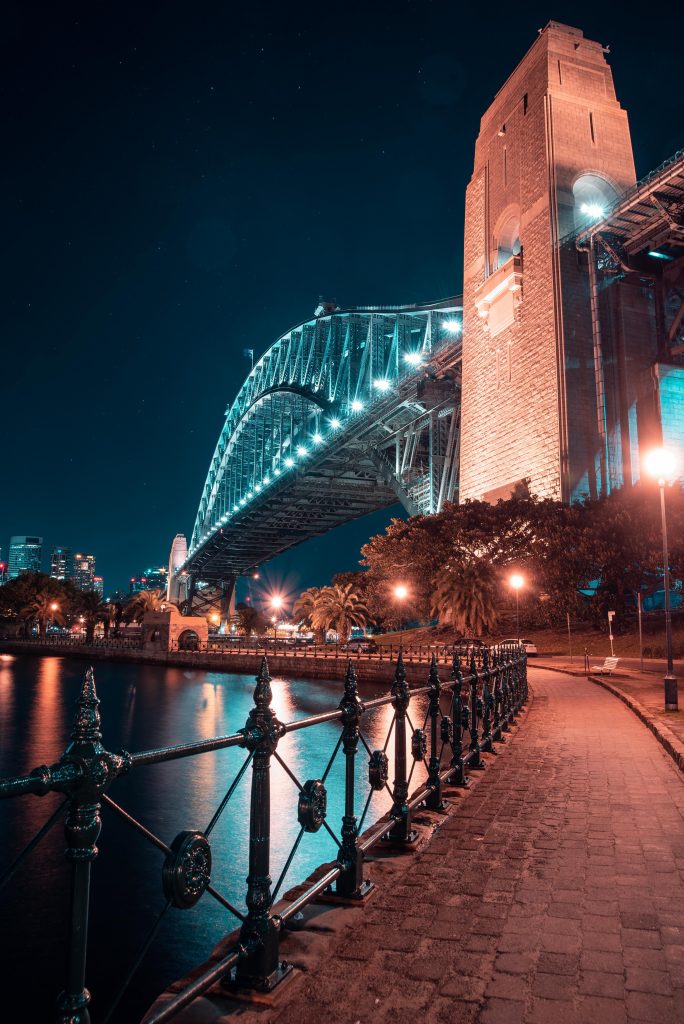
10. Santorini, Greece –
Known for its whitewashed buildings with blue domes, stunning sunsets, and crystal-clear waters, Santorini is a picturesque island in the Aegean Sea.
